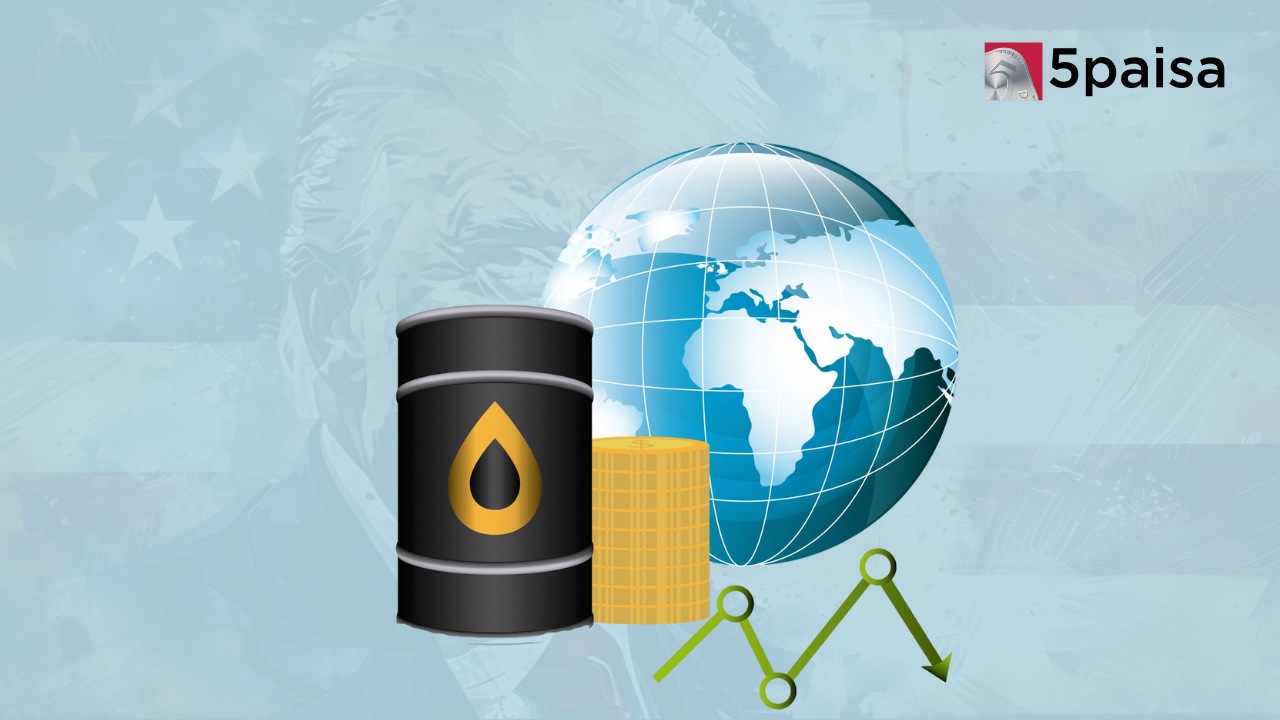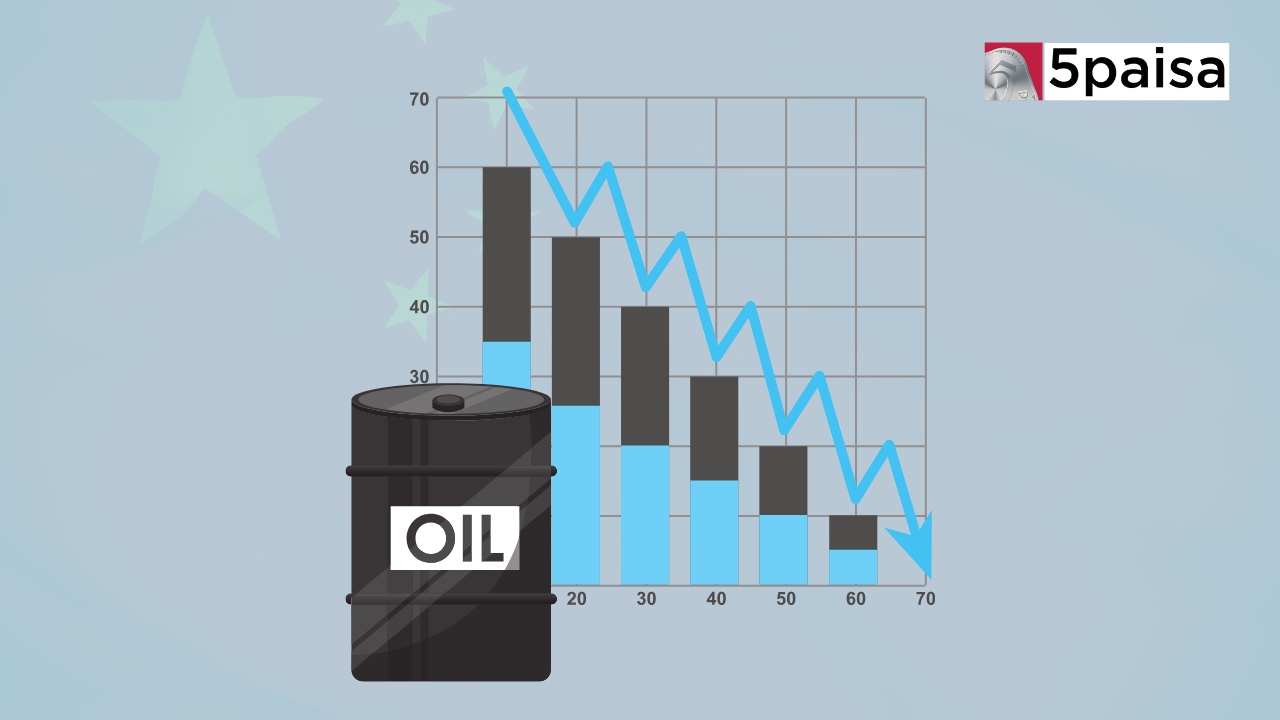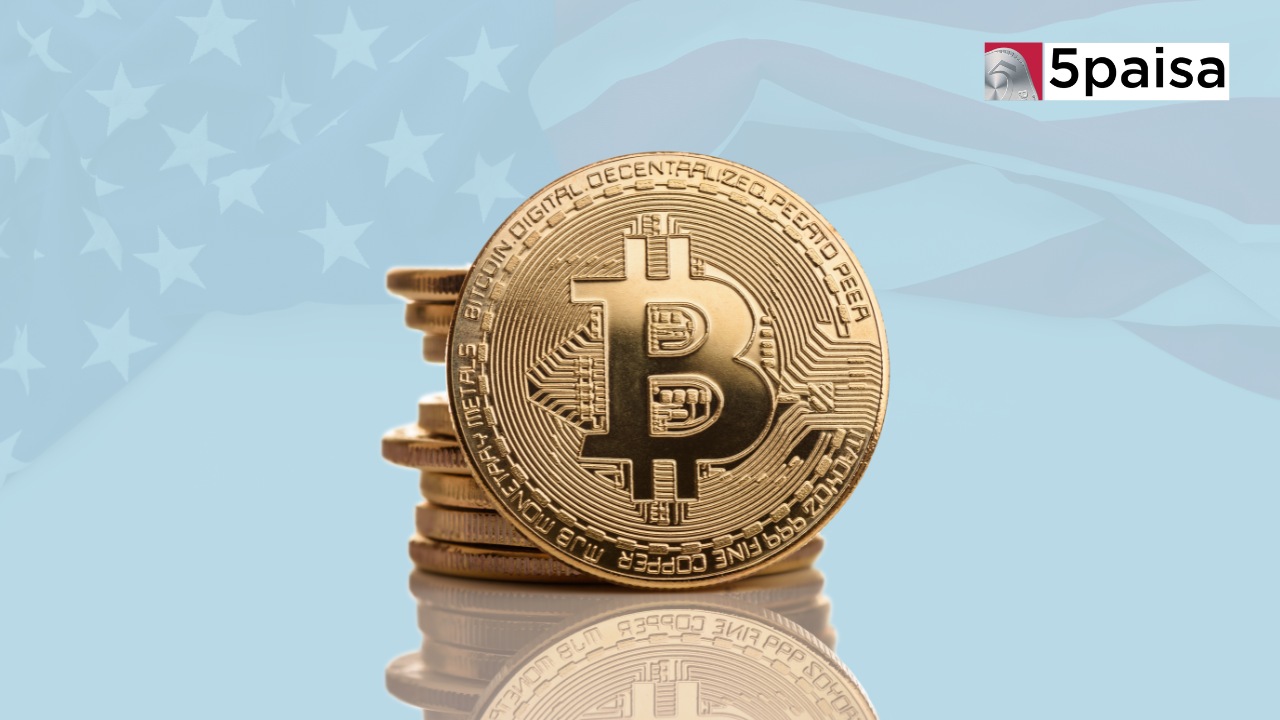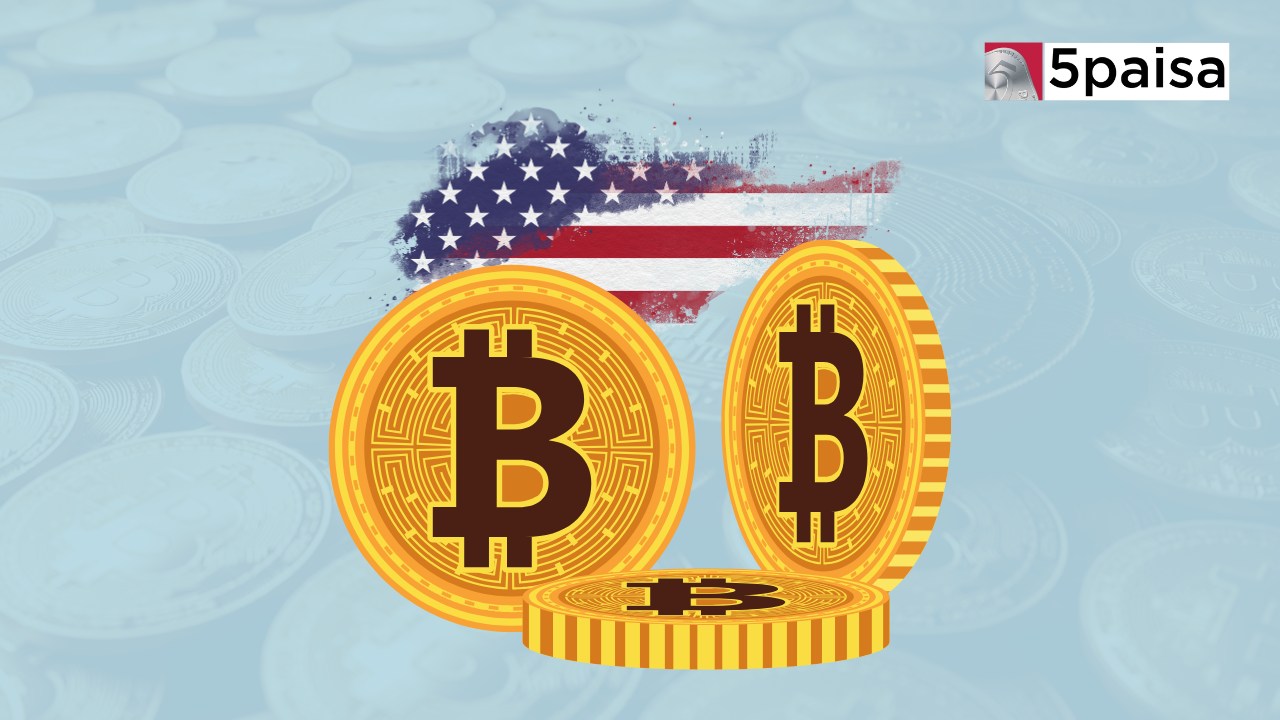Trump Warns EU of Tariffs Over Trade Deficit and Oil Purchases
Rupee weakens to all time low beyond 81/$

Last Updated: 16th December 2022 - 12:00 am
The Fed decision to hike the rates by 75 basis points and combine it with a hawkish view was the trigger for the rupee to weaken. The rupee had manfully protected the 80/$ level. However, once the Fed rate hike was announced, the rupee weakened well beyond 80/$ and by Friday, it had settled well beyond 81/$. Experts are now hinting at a USDINR range of 80-82/$, although it would depend on the colour of RBI intervention. However, the RBI is likely to intervene only after the current rush for dollars from importers subsides.
On Friday, in early trades, it did look like the RBI was trying to defend the rupee around the 81/$ levels, although a clearer picture would only emerge by evening. In the last 8 sessions, the rupee has already dropped in 7 sessions, losing 2.51% in this period. Since the start of the year, the rupee has weakened by 8.48%. RBI may not want to let the rupee weaken too much as it would translate into imported inflation amidst the rising trade deficit, which is already averaging around $30 billion on a monthly basis. RBI would be more proactive.
Of course, the next big trigger for the rupee would be when the Monetary Policy Committee (MPC) of the RBI meets between September 28th and 30th. When the RBI statement is put out on Friday 30th September, it is estimated that the RBI may hike rates between 40 basis points and 50 basis points. The Indian markets are already betting on the terminal repo rate target now going up higher from 6% to 6.5% by early next year. Fed seems to be determined not to relent on rate hikes till inflation comes down perceptibly.
In terms of the trajectory of the Indian rupee, there are likely to be diverse forces at play. The Fed is likely to hike by another 100 bps to 125 bps between November and December meetings. That would keep the pressure on the rupee, considering that the dollar index (DXY) is already above 111 and trading at a 20 year high. It would ultimately predicate on FPI flows and the net inflow of $6.44 billion in August should give some hope for the markets. However, September has not been too encouraging in terms of FPI flows.
The next question is how much will RBI intervene in the spot dollar market. For starters, RBI would continue to sell spot dollars in the market to anchor the rupee fall expectations. However, this has two implications. Firstly, when the RBI sells dollars in the market it also simultaneously absorbs rupee liquidity in the market. That is making the conditions tighter. Secondly, there has seen a sharp erosion in forex reserves from a level of $647 billion down to $551 billion. With rising trade deficit, there is only so much more the RBI can really do.
In terms of short term triggers, the focus shifts to the Fed, especially what the CME Fedwatch is projecting about the November and December meetings. For now, the CME Fedwatch appears to indicate 75 bps hike in November and 50 bps rate hike in December, taking the US Fed funds rate closer to 4.5%. Another key factor would be the outlook for the US labour markets, because only if the joblessness in the US goes up, would we see the rise in interest rates hitting consumption and inflation. That is yet to happen in a big way.
Technical pressure for the Indian rupee would also come from the Chinese Yuan, which had recently weakened to a multi-year low of 7/$. Now, weakening of Yuan is not great news for the Indian rupee and we saw that in adequate measure in 2015. When the Chinese Yuan weakens, the rupee has to fall to stay competitive. However, other Asian currencies like the Philippine Peso, Korean Won and the Japanese Yen were strong against the dollar. The DXY is already at 111.41 and that would hold the key to the trajectory of the rupee.
While talking about the rupee trajectory, one factor we must not forget is the current account deficit, which is a fundamental indicator that has a deep impact on the rupee value. As per a recent India Ratings report, the current account deficit for the first quarter was likely to touch a 36-month high of $28.4 billion or 3.4% of GDP. For the full year, the CAD could get closer to 4.5% to 5% of GDP. That would actually be the real worrying factor for the Indian rupee as we saw the last time in 2013.
- Flat ₹20 Brokerage
- Next-gen Trading
- Advance Charting
- Actionable Ideas
Trending on 5paisa
Global Market Related Articles
Disclaimer: Investment in securities market are subject to market risks, read all the related documents carefully before investing. For detailed disclaimer please Click here.
 5paisa Research Team
5paisa Research Team




